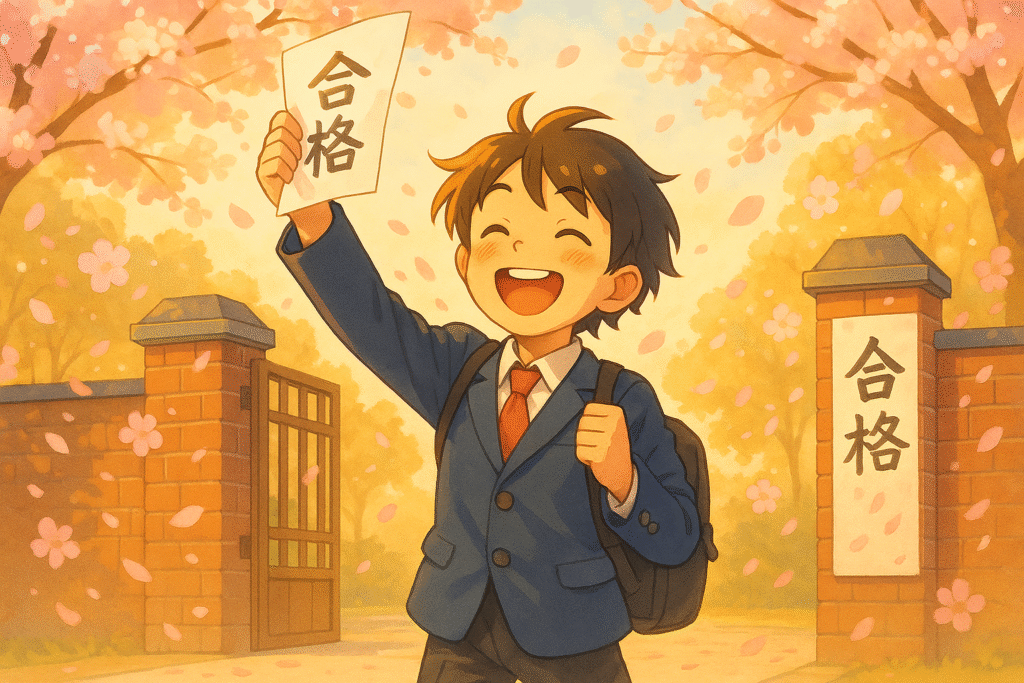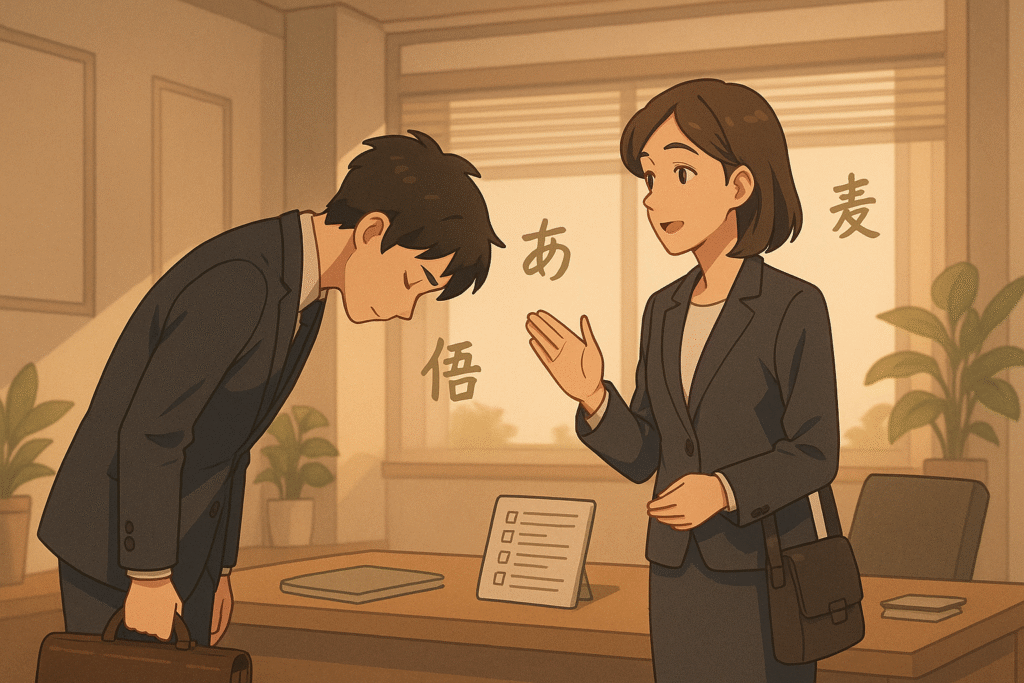Have you ever been in a situation where you needed someone to quiet down—whether in a library, during a movie, or simply when you’ve had enough of a conversation? Learning how to say “shut up” in Japanese might not be the first phrase you’d want to learn, but it’s certainly a practical one for various social situations in Japan.
The Japanese language offers multiple ways to express “shut up,” ranging from polite requests to more direct commands. Understanding these nuances isn’t just about expanding your vocabulary—it’s about navigating Japanese social contexts with cultural awareness.
In this guide, we’ll explore eight different ways to say “shut up” in Japanese, complete with pronunciation guides, usage contexts, and real-life examples to help you use these phrases appropriately.
Why Learning Different Ways to Say “Shut Up” in Japanese Matters
Before diving into the phrases, it’s worth noting that Japanese communication style typically values harmony and indirect expression. Unlike English, where “shut up” might be used casually among friends, Japanese culture places great emphasis on politeness and maintaining social harmony.
Knowing when and how to ask someone to be quiet in Japanese can help you:
- Avoid inadvertently causing offense
- Navigate social situations appropriately
- Express yourself effectively in different contexts
- Understand when these phrases are directed at you
Now, let’s explore the spectrum of “shut up” expressions in Japanese!
8 Ways to Say “Shut Up” in Japanese: From Gentle to Firm
1. 静かにしてください (Shizuka ni shite kudasai) – “Please be quiet”
Politeness level: Very polite
When to use: Formal settings like libraries, museums, or when addressing strangers
Example:
- Japanese: 図書館では静かにしてください。
- Romaji: Toshokan de wa shizuka ni shite kudasai.
- English: Please be quiet in the library.
This phrase is the most polite way to ask someone to be quiet. The word “shizuka” means “quiet,” while “kudasai” adds the polite “please.” It’s appropriate for most situations where you need silence without offending anyone.
2. お静かに (O-shizuka ni) – “Quiet please”
Politeness level: Formal
When to use: Public announcements, signs, or when addressing groups
Example:
- Japanese: 演奏中はお静かに。
- Romaji: Ensōchū wa o-shizuka ni.
- English: Please remain quiet during the performance.
The “o” prefix adds formality to this phrase, making it suitable for official requests or announcements. You’ll often see this phrase on signs in theaters or hear it on public transportation.
3. 黙って (Damatte) – “Be quiet”
Politeness level: Casual
When to use: Among friends, family members, or casual acquaintances
Example:
- Japanese: 映画を見ているから、ちょっと黙って。
- Romaji: Eiga o mite iru kara, chotto damatte.
- English: I’m watching a movie, so be quiet for a bit.
This phrase is more direct than the previous ones but still not considered rude in the right context. It’s commonly used among people who know each other well.
4. うるさい (Urusai) – “You’re noisy/Shut up”
Politeness level: Direct/Casual
When to use: When annoyed, among close friends, in casual settings
Example:
- Japanese: うるさい!集中できないよ。
- Romaji: Urusai! Shūchū dekinai yo.
- English: Shut up! I can’t concentrate.
“Urusai” is probably the most common way to say “shut up” in Japanese. It literally means “noisy” but functions as “shut up” in many contexts. Use with caution, as it can come across as rude depending on your tone and relationship with the listener.
Want to explore Japan’s culture?
Discover Japan’s rich culture, traditions, and hidden gems with our expertly crafted guides. Get insider tips on travel, food, and history. All for free!
5. 黙れ (Damare) – “Shut up” (commanding)
Politeness level: Very direct/Potentially rude
When to use: In confrontations, when very angry, in manga/anime
Example:
- Japanese: もう黙れ!聞きたくない。
- Romaji: Mō damare! Kikitakunai.
- English: Just shut up! I don’t want to hear it.
This is a command form and is considered quite harsh. It’s often used in heated arguments or by characters in anime and manga. Be cautious about using this phrase in real-life situations.
6. しーっ (Shii) – “Shh”
Politeness level: Universal
When to use: Universal gesture for quiet, especially in urgent situations
Example:
- Japanese: しーっ、赤ちゃんが寝ています。
- Romaji: Shii, akachan ga nete imasu.
- English: Shh, the baby is sleeping.
Like in English, this sound is universally recognized as a request for silence and is appropriate in most situations where immediate quiet is needed.
7. 今は黙っていて (Ima wa damatte ite) – “Stay quiet for now”
Politeness level: Moderately direct
When to use: Temporary requests for silence, time-sensitive situations
Example:
- Japanese: 重要な話があるから、今は黙っていてくれる?
- Romaji: Jūyōna hanashi ga aru kara, ima wa damatte ite kureru?
- English: I have something important to say, so could you stay quiet for now?
This phrase indicates that you need temporary silence and is less confrontational than a direct “shut up.”
8. 口をつぐんで (Kuchi o tsugunde) – “Zip your lips”
Politeness level: Casual/Playful
When to use: Among friends, playful contexts, with children
Example:
- Japanese: 秘密だから、口をつぐんでね。
- Romaji: Himitsu dakara, kuchi o tsugunde ne.
- English: It’s a secret, so zip your lips, okay?
This phrase has a playful connotation and is often used in a lighthearted manner among friends or when speaking to children.
Cultural Context: Understanding When to Use “Shut Up” in Japanese
Understanding the cultural context is crucial when deciding how to tell someone to be quiet in Japanese. The Japanese language reflects the culture’s emphasis on harmony, respect, and indirect communication.
If you’re studying Japanese more seriously, you might want to check out our JLPT N5 Study Guide, which covers essential vocabulary and grammar points, including polite expressions and commands.
Remember that in Japan, non-verbal cues often speak louder than words. A simple gesture (like placing your index finger over your lips) might be more appropriate than verbalizing “shut up” in many situations.
For those interested in exploring more nuanced expressions in Japanese, our article on how to say “I hate you” in Japanese offers insight into how emotions are expressed differently in Japanese culture.
Tips for Appropriate Use
- Consider your relationship with the person you’re addressing
- Note the setting (formal vs. informal)
- Pay attention to your tone of voice
- Be aware of hierarchical relationships in Japanese society
- When in doubt, use the most polite form (静かにしてください)
Common Mistakes to Avoid
- Don’t use harsh forms like “damare” with strangers or in formal settings
- Avoid raising your voice when asking for quiet (ironically counterproductive!)
- Don’t confuse casual forms with polite ones in professional environments
- Be cautious with “urusai” as it can be perceived as quite rude depending on context
Learning about politeness levels is essential in Japanese, just as understanding peace in Japanese culture can give you insight into why direct confrontation is often avoided.
Practice Makes Perfect
The best way to become comfortable with these phrases is through practice and observation. Pay attention to how native speakers request silence in different contexts. Japanese dramas and anime can also provide realistic examples of these expressions in use.
For those learning Japanese, incorporating these expressions into your study routine alongside other common phrases will help you develop a more natural speaking style.
Conclusion: Mastering “Shut Up” in Japanese
Learning how to say “shut up” in Japanese is about much more than memorizing words—it’s about understanding cultural contexts and communication styles. From the polite “shizuka ni shite kudasai” to the direct “damare,” each expression serves a specific purpose in Japanese communication.
The most appropriate way to say “shut up” in Japanese depends entirely on the situation, your relationship with the listener, and the level of formality required. When in doubt, err on the side of politeness with “静かにしてください” (shizuka ni shite kudasai).
As you continue your Japanese language journey, remember that mastering these nuanced expressions will help you navigate social situations with greater confidence and cultural awareness. For more insights into Japanese expressions, check out our guide to Japanese good luck phrases.
Q&A: Quick Answers About Saying “Shut Up” in Japanese
What is the most polite way to say “shut up” in Japanese?
The most polite way to say “shut up” in Japanese is “静かにしてください” (shizuka ni shite kudasai), which literally means “please be quiet.”
Can I use “urusai” with anyone?
No, “うるさい” (urusai) is quite direct and can be perceived as rude. It’s best used among close friends or in casual settings.
What’s the difference between “damatte” and “damare”?
“黙って” (damatte) is more casual and less harsh than “黙れ” (damare), which is a command form and can sound quite aggressive.
How do I ask for quiet in a formal setting like a business meeting?
In formal settings, use “お静かにお願いします” (o-shizuka ni onegaishimasu) or “静かにしていただけますか” (shizuka ni shite itadakemasu ka).
Is there a non-verbal way to ask for quiet in Japanese culture?
Yes, placing your index finger over your lips in a “shh” gesture is universally understood in Japan as a request for silence.
Are you serious about learning Japanese? Our comprehensive JLPT N5 Study Guide includes everything you need to master basic Japanese vocabulary, grammar, and communication skills!
Love Japan? Stay in the Loop!
Get the best of Japan straight to your inbox: language, culture & travel insights!




